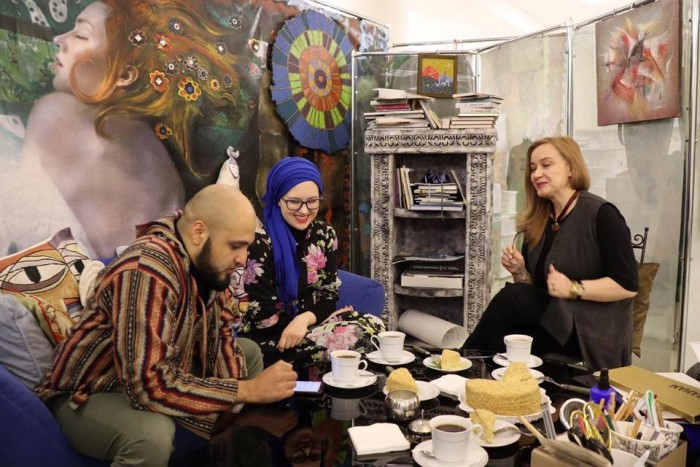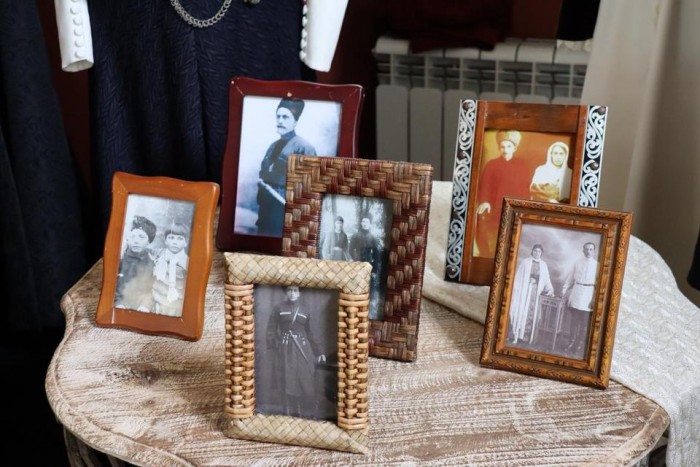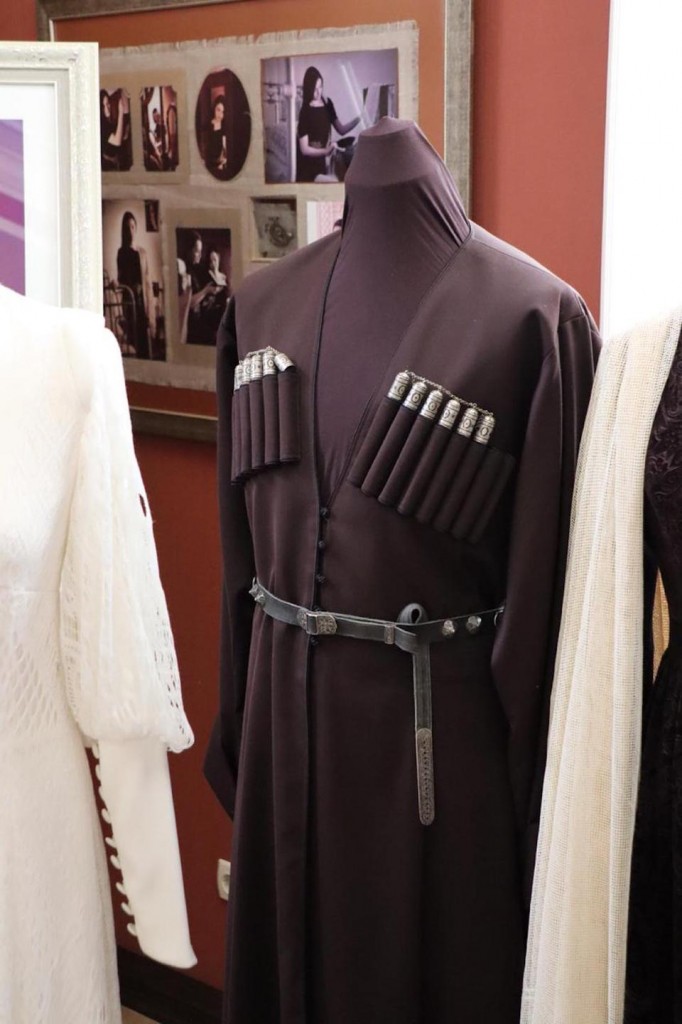How Circassians are reclaiming their roots after 100 years of suppression
While this year marks the 155th anniversary of the Circassian genocide, there is a vibrant and growing cultural movement in historical Circassia and the diaspora.
A few days ahead of the 155th anniversary of the Circassian genocide on May 21, I arrived in Nalchik, the capital of the Republic of Kabardino-Balkaria, to meet Madina Saralp, a well-known fashion designer in the North Caucasus, who almost singlehandedly revived one of the remnants of Circassian folkloric heritage.
Over a cup of tea and cream cakes, Saralp told me candidly about her journey navigating traditional Circassian costumes. In the 1990s, soon after the collapse of the Soviet Union, heritage production was unfashionable and had been almost abandoned.
“Initially we worked on the adaptation of Circassian fashion to modern times. However, I am happy to say that young people today in our historical homeland are returning to the classical Circassian outfits that were popular more than 100 years ago,” Saralp told TRT World.

From March 6 to May 21 1864, historians estimate that Imperial Russia killed over 400,000 Circassians, amounting to a genocide. Much of this Northern Caucasian nation was forcibly exiled and dispersed worldwide, with almost four million in the diaspora, nearly two million of whom reside in Turkey. Only 50,000 had remained in their historical homeland, today almost 400,000.
The imperial Tsarist period had long-lasting damage on Circassian culture within Russian territories and the cultural onslaught continued until the fall of Soviet Union in 1991*. In the post-Soviet era of easing restrictions, Circassians are now frantically catching up on a heritage which they were starved of for over a century. And people like Saralp are playing a crucial role in reviving their folk dress, although she’s modest enough to not take any credit for rejuvenating Circassian culture through her work.

There is a difference of opinion on the Soviet period, some believe authorities divided Circassian populations between different federal republics, others like Aslan my host believe the Soviets positively contributed to the institutionalisation of Circassian culture.
“I say if I hadn’t done it, fate would’ve allowed someone else to assume that role of cultural reviver,” she said.
Delegations from Circassian diaspora organisations in other countries visit Saralp every summer. “Everyone is very keen to visit our Madina Saralp Cultural Arts Centre. Last year we had a year of cultural connections with Istanbul. We also exhibited the works of Circassian Jordanian designer Zaima al Said and the Shamil Cultural Centre [which makes handmade crafts among Circassian-origin youth],” she said.

If Saralp didn’t get enough business within the three Circassian-populated republics and generally within the North Caucasus, then she would still be sustained by the large wedding dress orders made by diasporic Circassians across the Middle East.
Saralp said a few key products set her apart in the market. “I only use the best quality fabrics in the construction of wedding dresses. Secondly across the region I pioneered the adaptation of the traditional cherkeska and women’s equivalent, the adiga fasha to the needs of our modern times; essentially I helped make our traditional costumes popular once more amongst our people who had almost abandoned them. As I already had an established presence, expertise and trust in the regional fashion scene, people eventually warmed to my revival of the importance of traditional wear,” she added.

If Saralp didn’t get enough business within the three Circassian-populated republics and generally within the North Caucasus, then she would still be sustained by the large wedding dress orders made by diasporic Circassians across the Middle East.
Saralp said a few key products set her apart in the market. “I only use the best quality fabrics in the construction of wedding dresses. Secondly across the region I pioneered the adaptation of the traditional cherkeska and women’s equivalent, the adiga fasha to the needs of our modern times; essentially I helped make our traditional costumes popular once more amongst our people who had almost abandoned them. As I already had an established presence, expertise and trust in the regional fashion scene, people eventually warmed to my revival of the importance of traditional wear,” she added.
